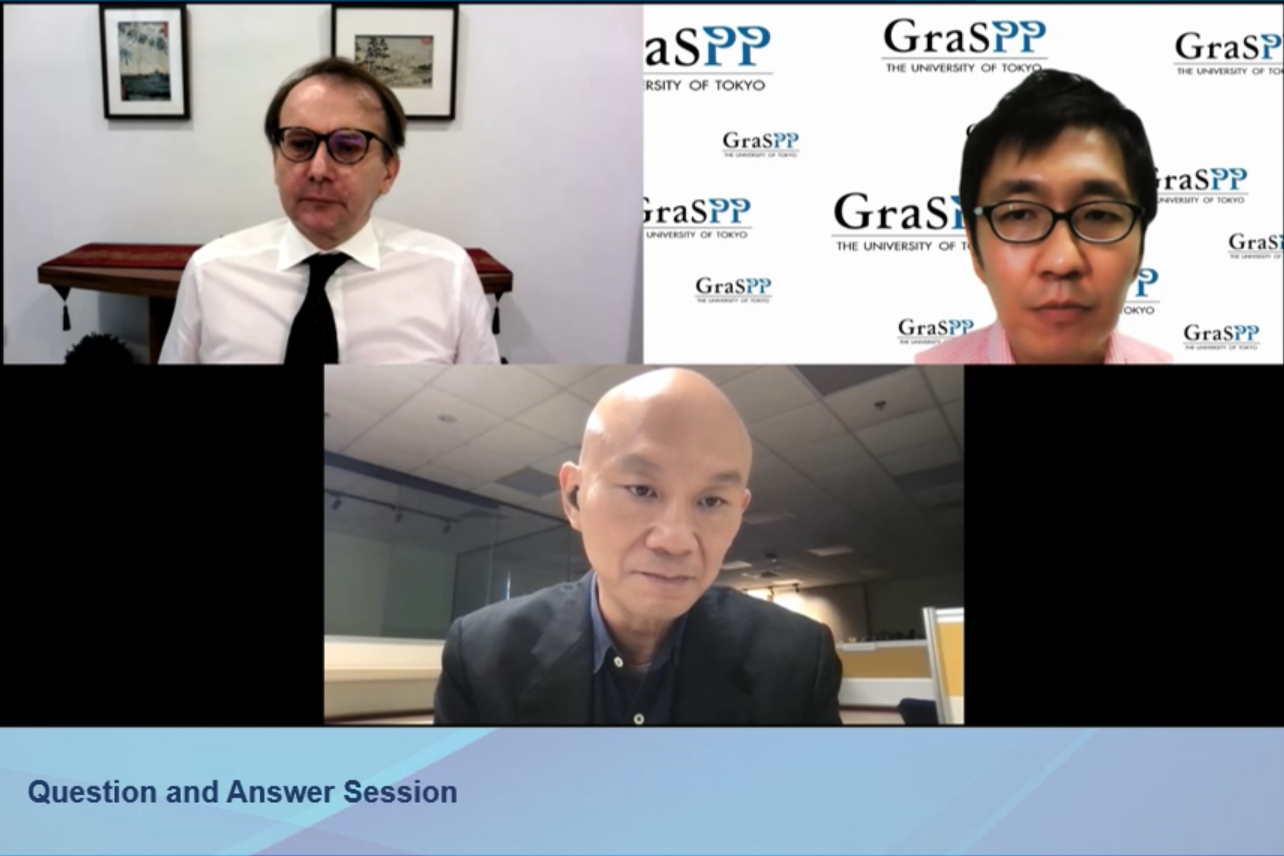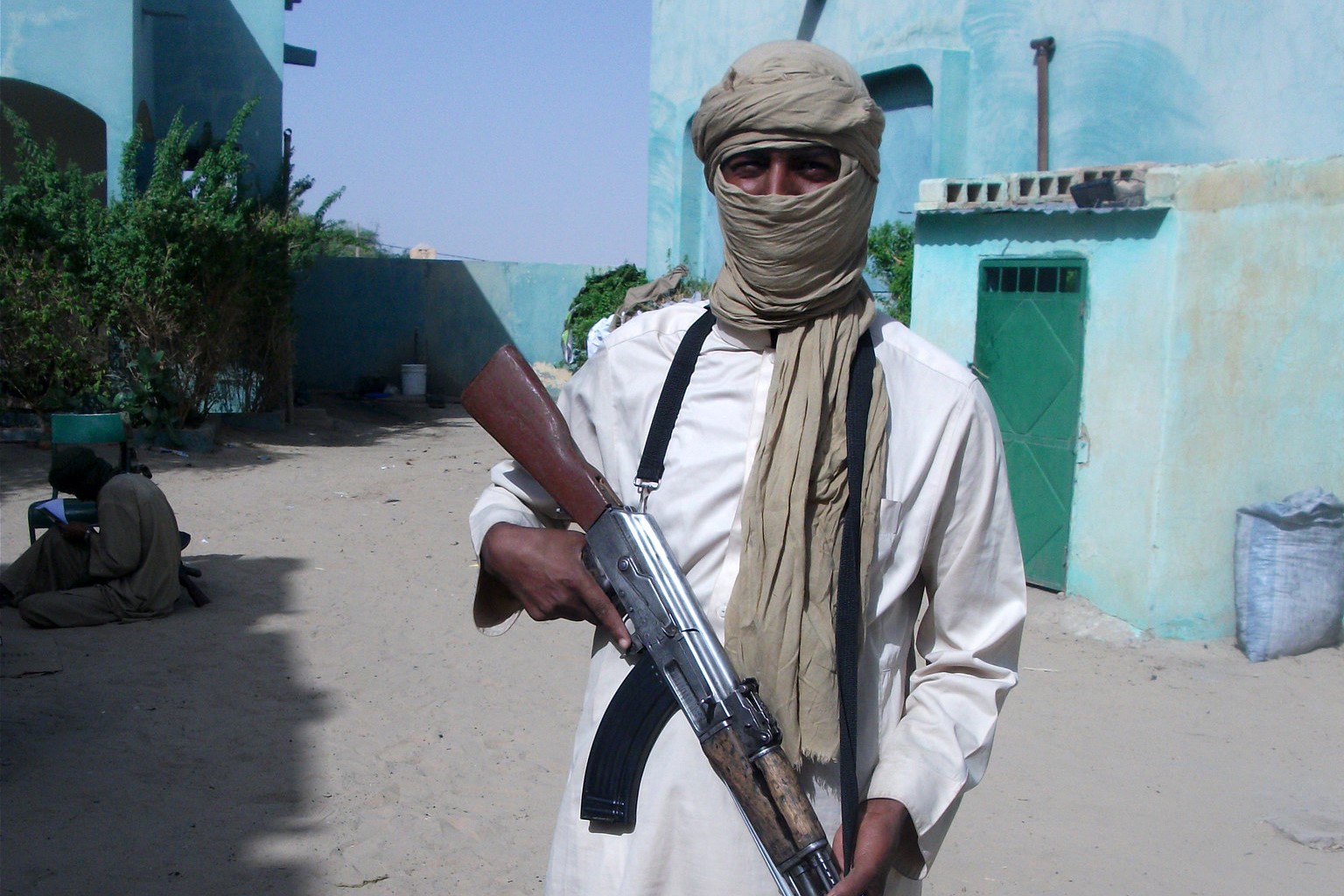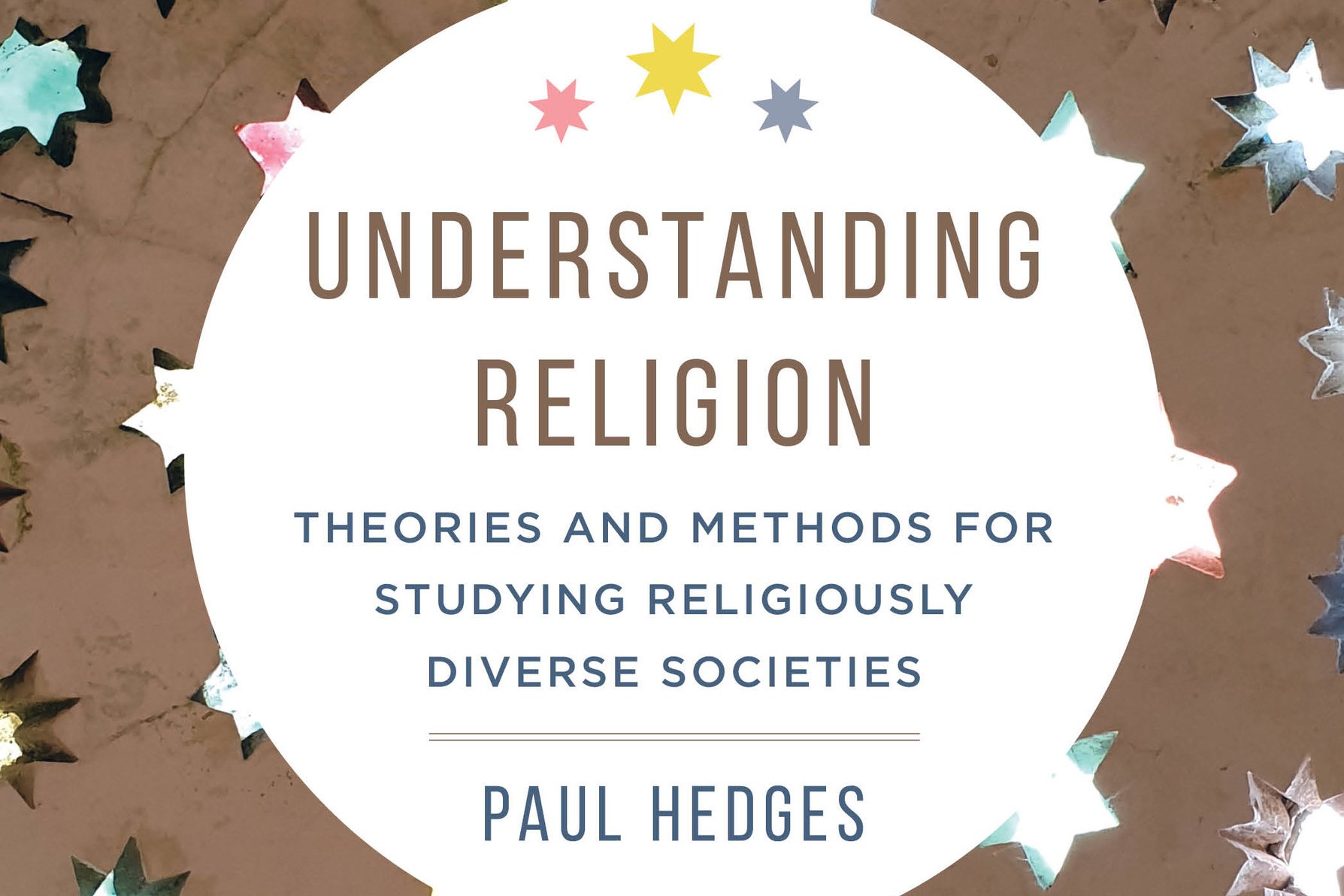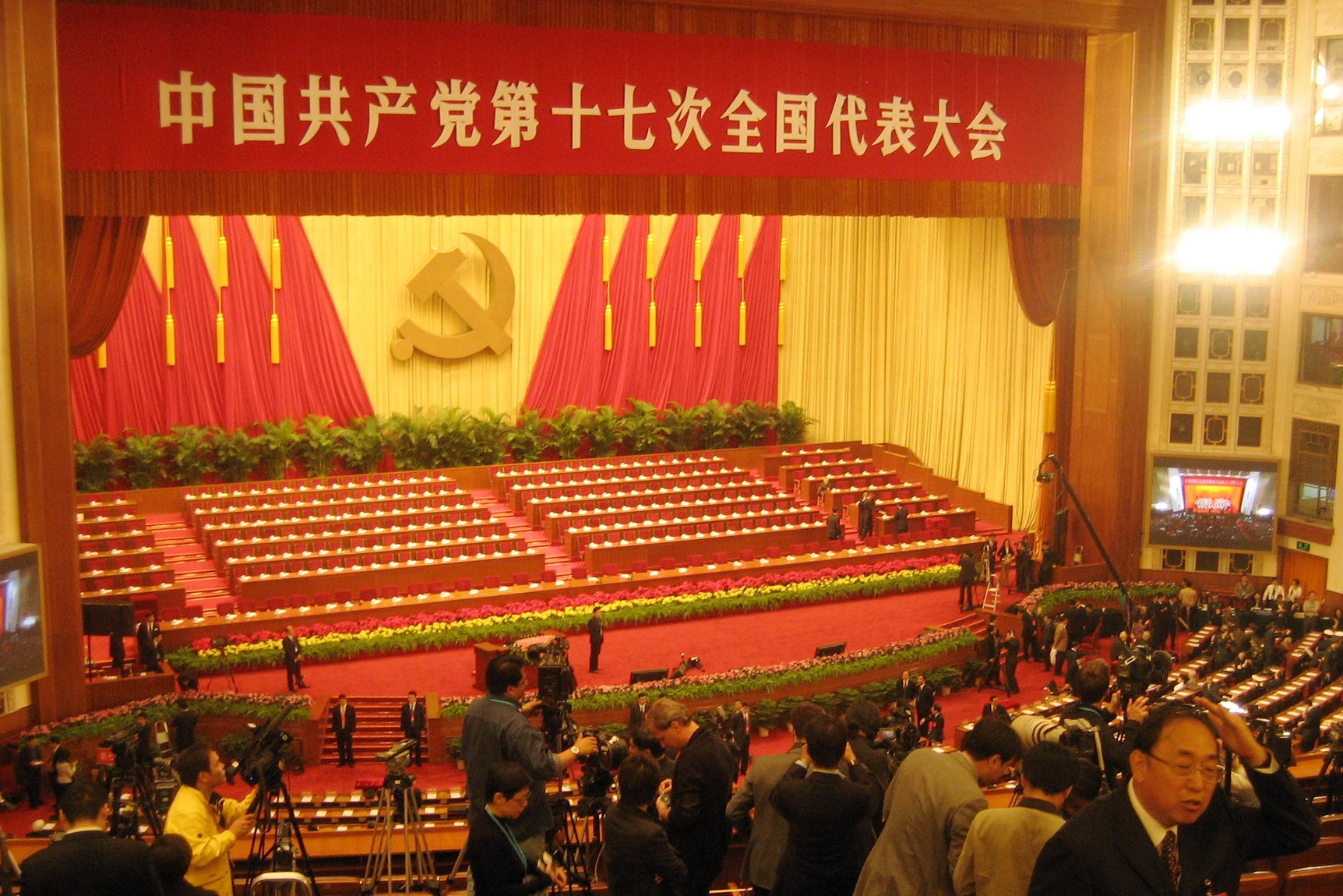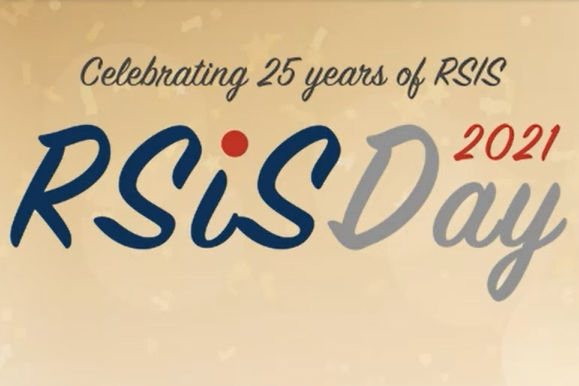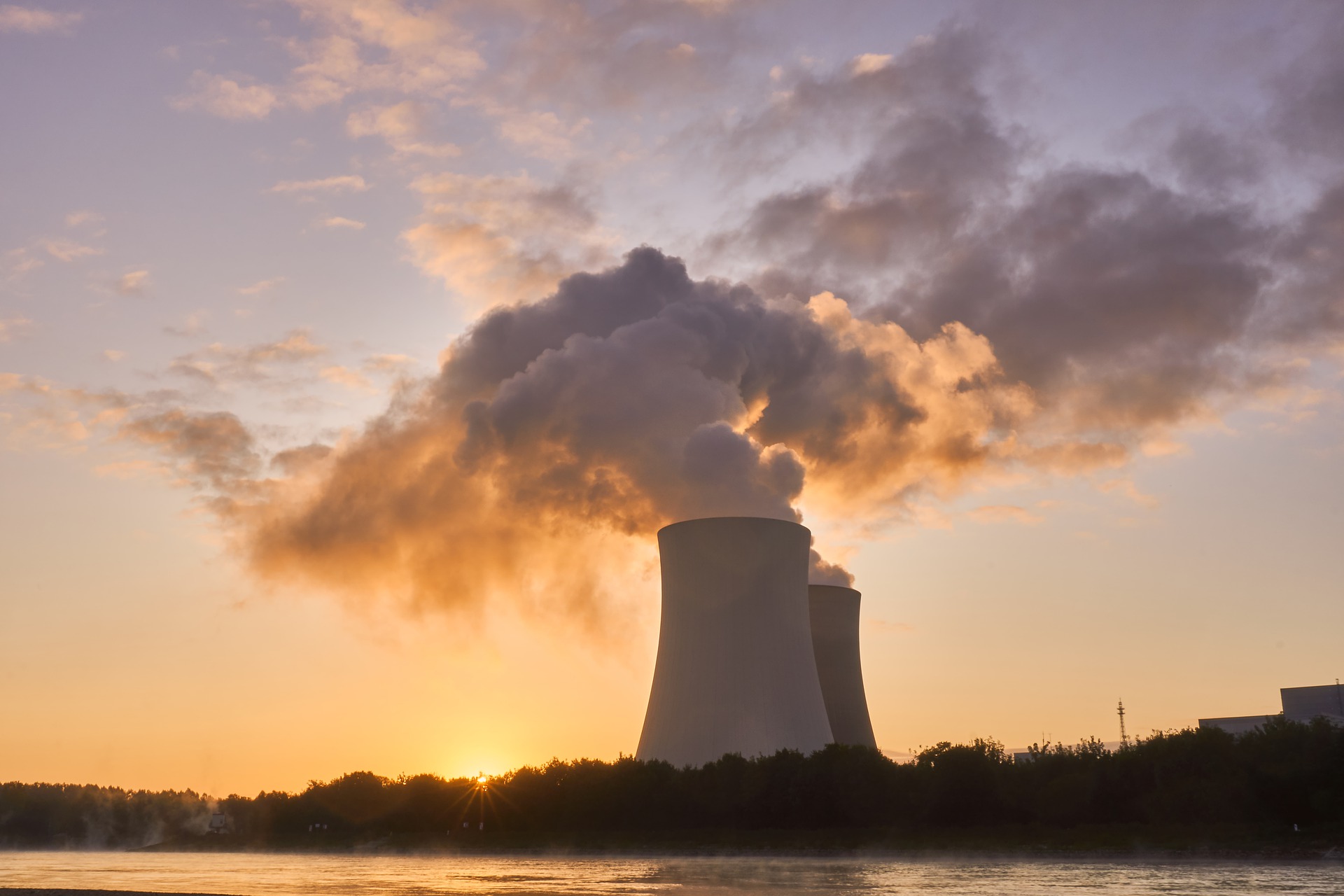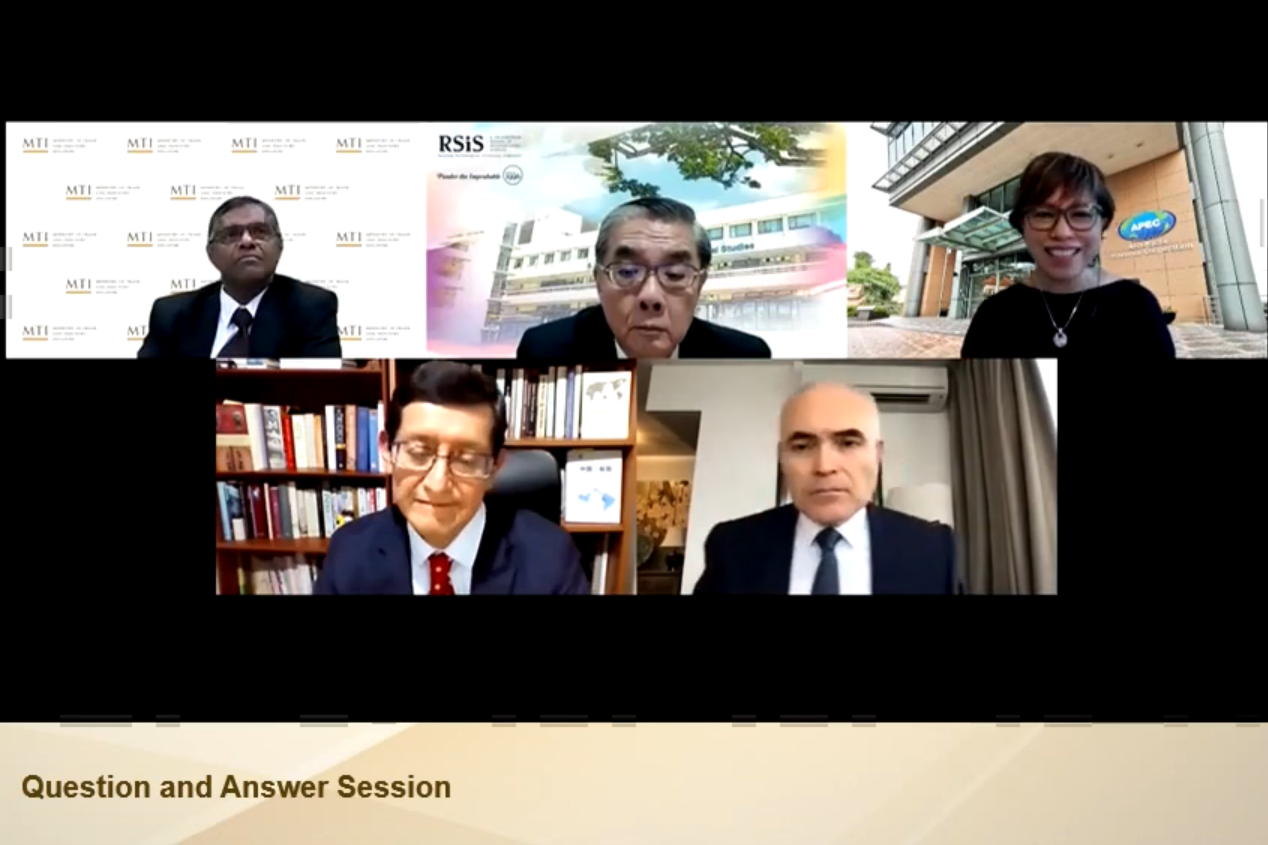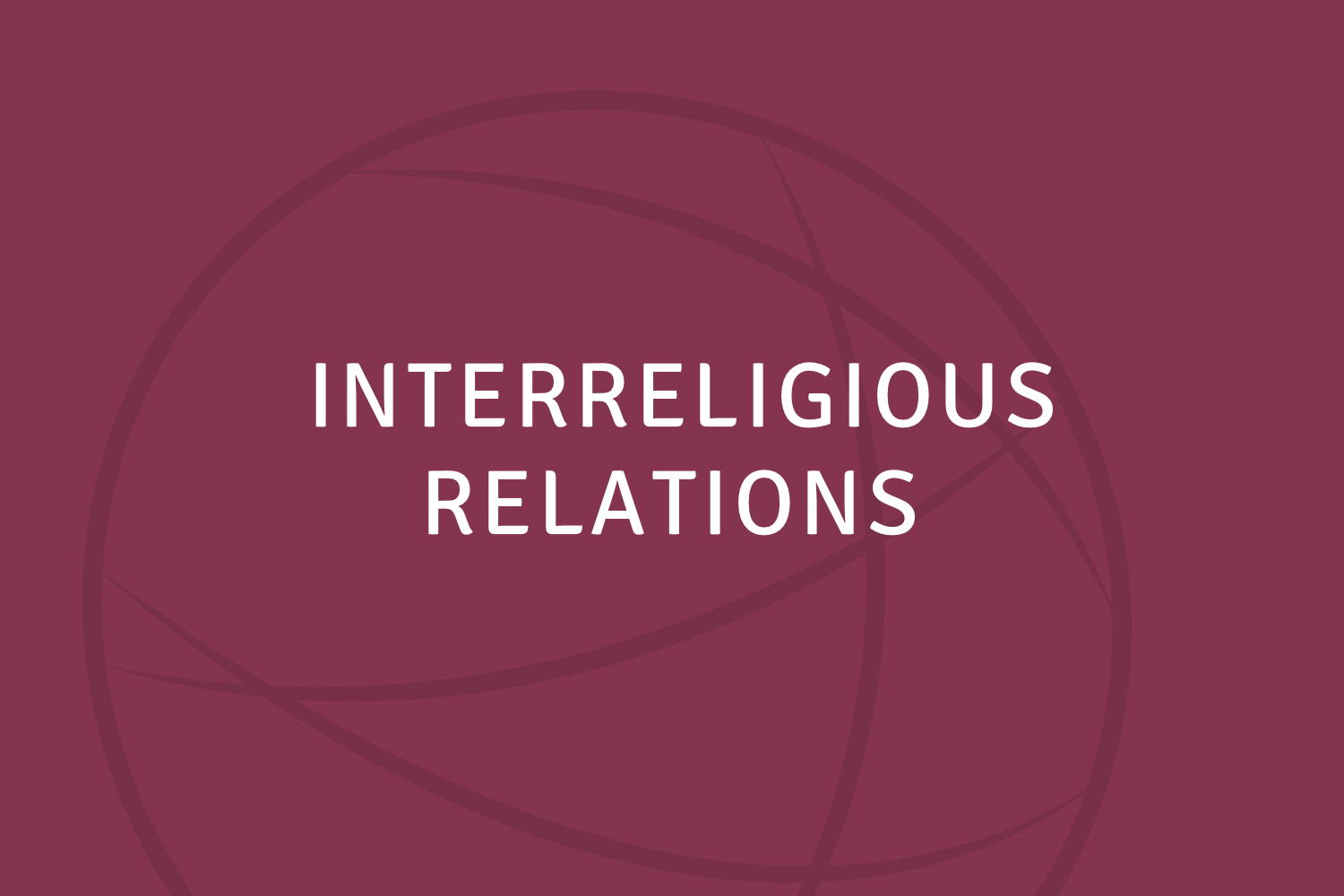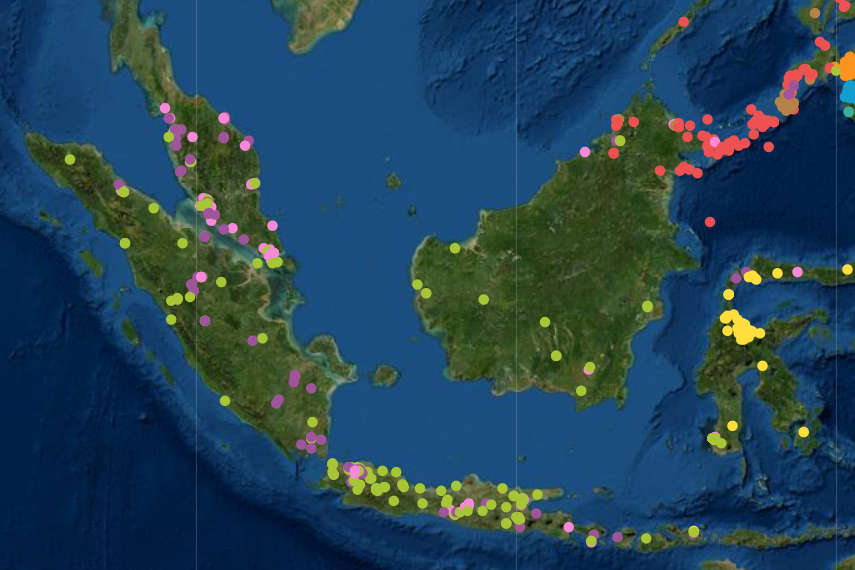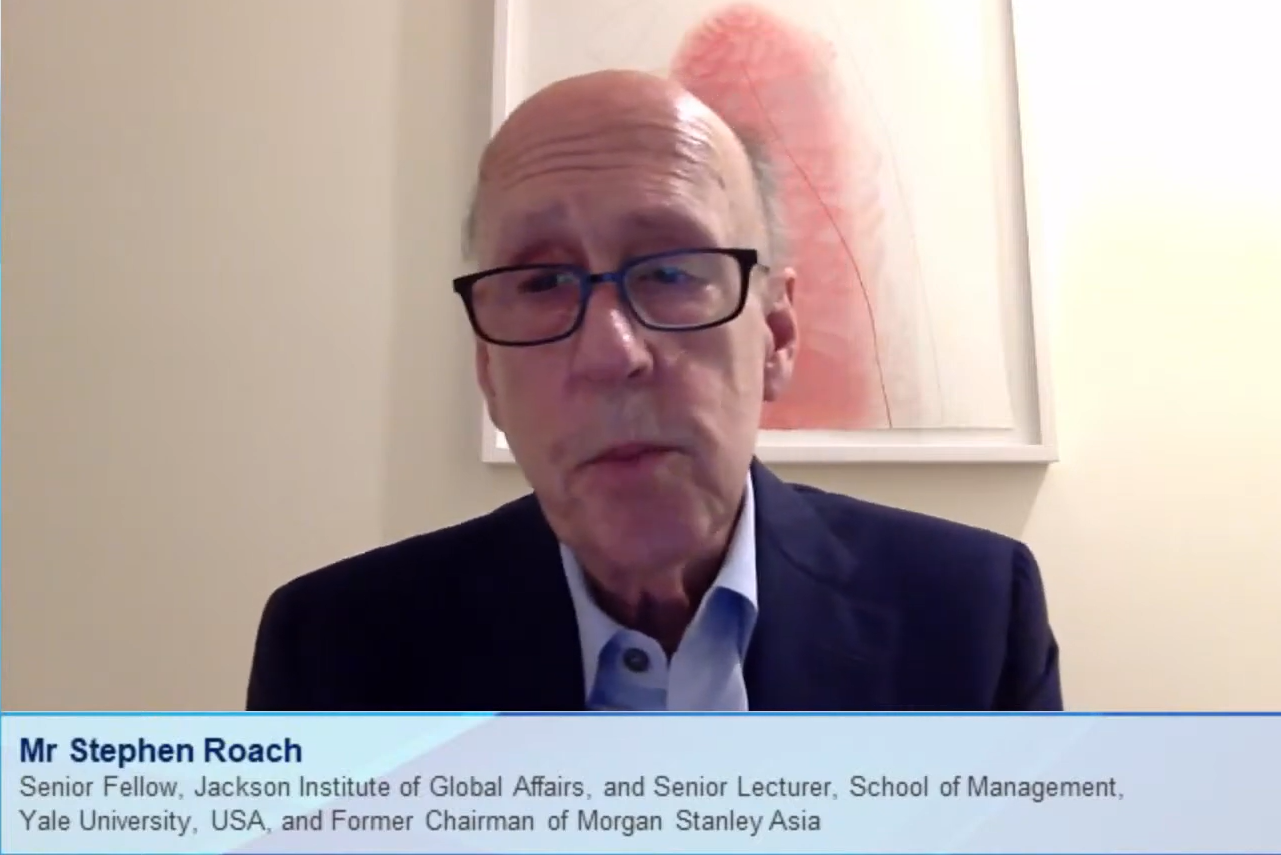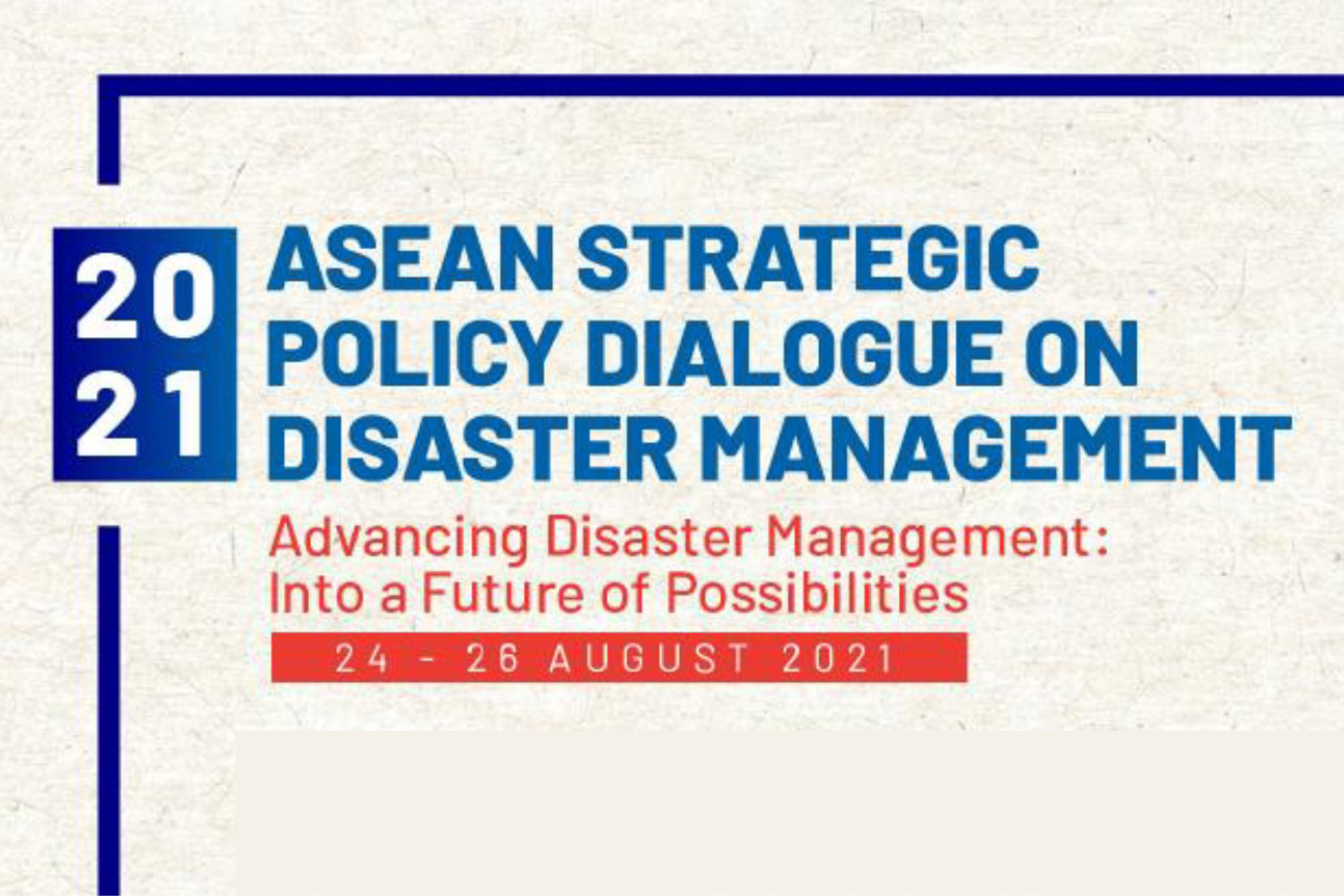
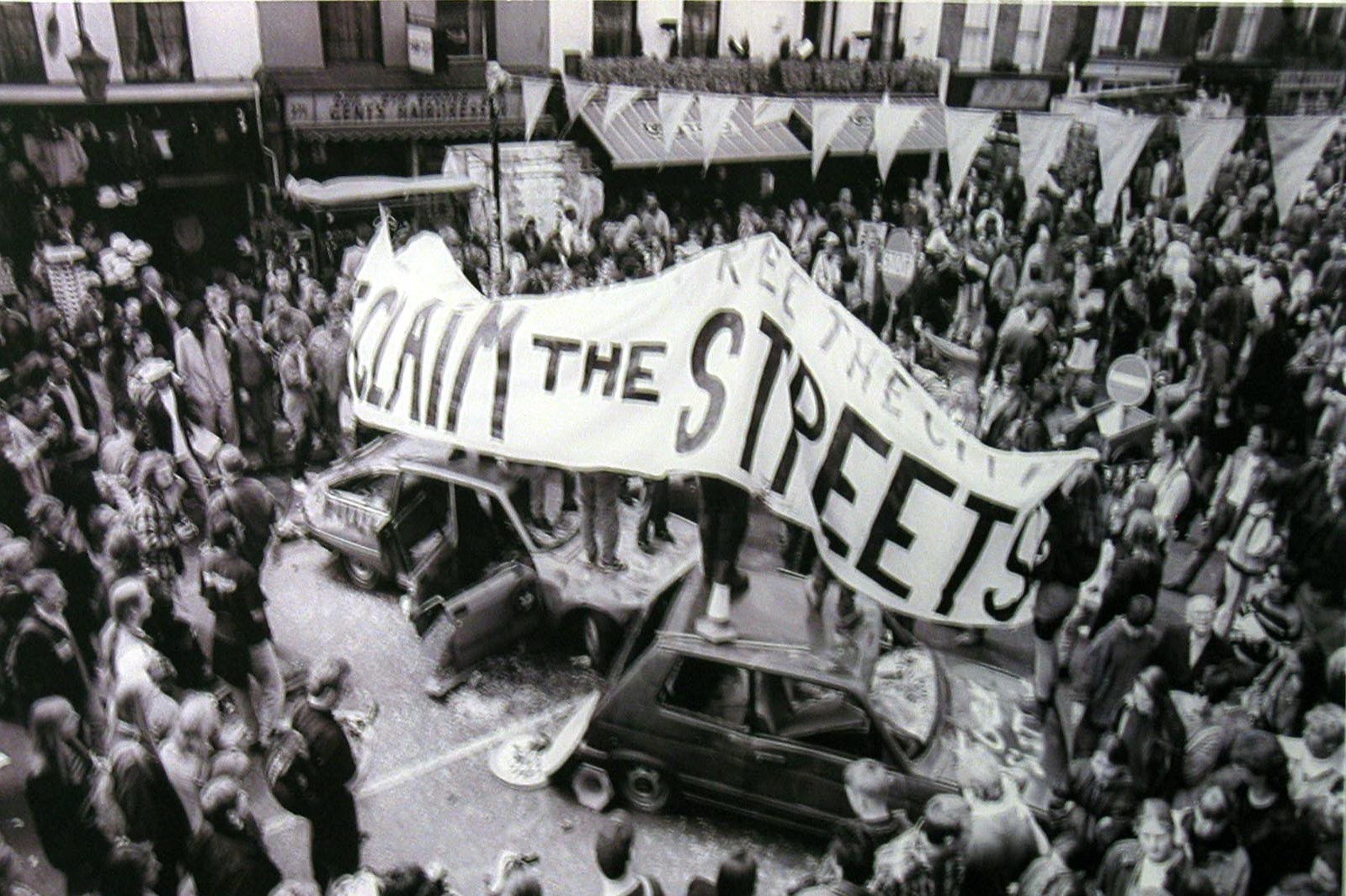
Part 1: Social Movement Theory
Social Movement Theory is a vast field in sociology that has been interpreted in a diversity of ways. Social movements may be peaceful or violent, with the factors determining either outcome being the point of interest of most social movement scholars.
The International Centre for Political Violence and Terrorism Research (ICPVTR) at RSIS organised a two-part webinar series on Social Movements, Extremism and Violence, comprising lectures by Dr Irm Haleem, former Assistant Professor, Strategic Studies Programme, RSIS. In the first instalment of the series, titled “Social Movement Theory”, which took place on 29 June 2021, Dr Haleem examined the human fear of negation and desire for recognition using the social movement theory.
Dr Haleem’s presentation was organised into four sections. She started by explaining the similarities and differences between contentious politics (CP) and social movements (SM) and discussed some of the popular misunderstandings related to social movements. Next, she outlined the common features and repertoires of social movements. Social movements were then contextualised as recognition struggles, and Dr Haleem discussed the different aims of recognition struggles, drawing primarily on philosophy. She concluded by examining violent social movements and the different revolutionary outcomes of social movements with reference to historical and contemporary examples.
During the Q&A session, some very interesting thoughts and questions were put forward by participants. Potential policy implications, and the relationship between social movement theory and psychological explanations of violence, were among the topics raised.
Catch it here on the RSISVideoCast YouTube channel:
Part 2: Understanding the Far Left and the Far Right
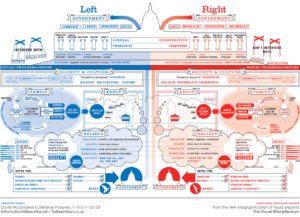
Photo: Left vs Right: US Political Spectrum, David, flickr, CC BY-NC 2.0
The second instalment of the webinar series on Social Movements, Extremism and Violence organised by the International Centre for Political Violence and Terrorism Research (ICPVTR) at RSIS took place on 27 July 2021. Titled “Understanding the Far Left and the Far Right”, the lecture by Dr Irm Haleem, former Assistant Professor, Strategic Studies Programme, RSIS, delved into violent political movements from both ends of the political spectrum.
Dr Haleem began her talk by looking at popular interpretations of the left-right political spectrum before offering her own views on the subject. She identified similarities in methods and differences in aims between the far left and far right, and provided a closer analysis of the far left (using the Antifa and the Black Panther movements in the United States and Israel as examples) and far right (using White Nationalism in the United States and the Islamic State as examples).
Dr Haleem explained why White Nationalism (often considered to be short of a movement) ought to be recognised as a threatening movement. She argued that the popular understanding, which equates the far right to White Nationalist groups in the West, is myopic or even fallacious. She then made a case for why the Islamic State ought to be placed in the far-right category, before wrapping up with an analysis on common features found in both political extremes.
During the Q&A session, the usefulness of categorisations like far left and far right (given the fluidity and hybridity of some groups), and whether and how economic systems such as capitalism related to ideologies of violent political movements, were discussed. Topics like the Latino participation in White Nationalist groups, and perceptions of the far right in the United States following the storming of the Capitol Building on 6 January 2021, were also brought up.
Catch it here on the RSISVideoCast YouTube channel:




